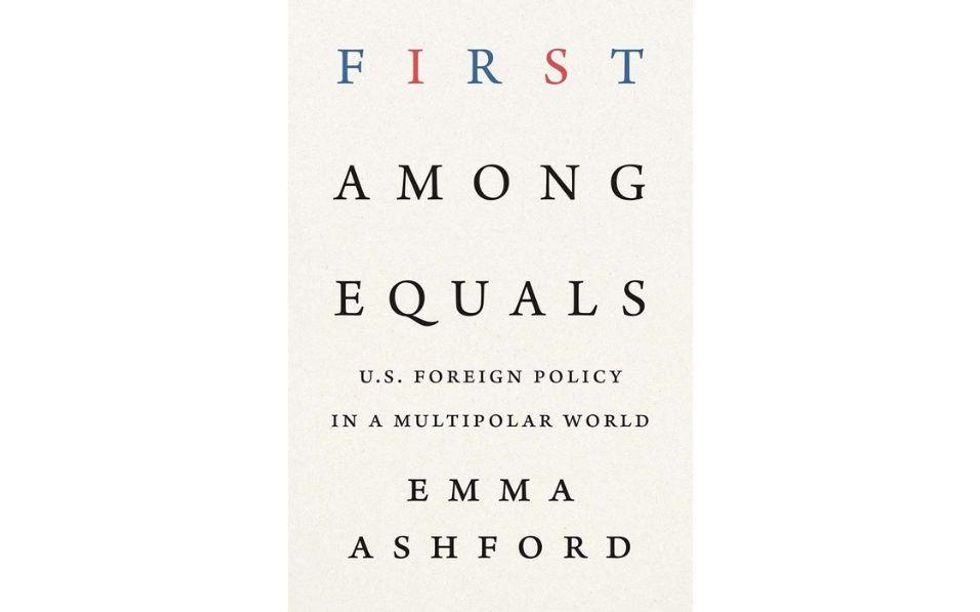A congressional committee is holding a hearing this week about how interruptions in the annual federal budget process impact the Department of Defense and the service branches of the military. Expect complaints from military brass and lawmakers about how continuing resolutions, orCRs, impact military planning, but know that research from government watchdogs indicates the military will probably be just fine dealing with what are now regular budget delays from Congress.
First, some important context on this week’s hearing. Every year, Congress is in charge of debating and passing appropriations legislation that funds more than $1.5 trillion in annual government spending. Almost every year, Congress fails to do their job on time. Appropriations bills are technically due by October 1 of each year, because that is when a new fiscal year starts, but Congress is almost always late. When they’re late, lawmakers usually pass what’s called a continuing resolution, which funds government programs at the same levels as the immediately previous fiscal year.
Federal agencies, including the Department of Defense, have been operating under a CR for the current fiscal year, FY 2022, since it began on October 1, 2021. The current CR runs until February 21, 2022, and funds federal programs at FY 2021 levels. (Side note: a CR is different from a government shutdown, which is typically the date that either regular appropriations or a CR is set to expire.)
This week’s hearing has come about because, for years now, military officials and some lawmakers have complained about how a CR affects military “readiness.” The term broadly means “the forces' ability to fight and meet the demands of their assigned missions.”
Suggestions that the military is not “ready” to fight and accomplish its missions may be frightening, especially when national security may be at stake. Sen. Jon Tester (D-Mont.), the top Democratic Senator in charge of defense appropriations, said just last week that “a CR would be a catastrophe for our defense,” echoing concerns of military officials.
But is this really the case?
Not quite, says one of the top government watchdogs responsible for overseeing federal government agencies and their performance.
Last year, the Government Accountability Office released a study — which Congress had asked it to complete — examining how the military responds to CRs.
First, GAO found that, like many federal agencies, the Department of Defense is often operating under a CR. Including calculations for the current fiscal year (2022), the Pentagon has operated under a CR for 1,436 days since FY 2010, a span of just over 12 years. That’s almost four total years under a CR, or nearly one-third of the time.
Accordingly, the military has found several ways to cope with the effects of CRs that, by now, are quite predictable in Washington, D.C. The Pentagon and the service branches have strategically moved contract start dates so that they run into the start of the following fiscal year, when CRs are more likely to occur. They postpone certain “nonessential purchases and training” until later in the year, with “no impact to readiness.” The military even has a regular practice of planning every single year for 30-day, 60-day, and 90-day CRs, since they have become such a common practice in Congress.
In other words, CRs have become a way of life in the U.S. military. They have even less of an effect in some DOD spending accounts than others. For example, while Operation and Maintenance and Personnel account funding is generally only available for one year at a time, the military has multi-year spending authority on Research Development Test and Evaluation (RDT&E two-year), Procurement (three-year), and Military Construction (five-year) accounts.
GAO even looked at the major acquisition programs in the military that “specifically cited the potential for program delays or cost increases” due to CRs, and found “the programs we reviewed were able to avoid delays and cost increases during the fiscal years affected by a CR.” In other words, the few programs that specifically cited CRs as a risk in the past were not actually delayed — and did not actually experience cost increases — as a result of real-world CRs.
A 2019 RAND Corporation study had similar findings, with the Congressional Research Service writing that the study “did not find strong evidence … indicating that CRs are generally associated with delays in procurement awards or increased costs.”
Now, to be sure, CRs are not a good thing for the federal government overall, including the Department of Defense. On the contrary, CRs are evidence that Congress is not doing its job — and that lawmakers are not doing their job on time. Lawmakers need to reform the federal budget process so that Congress is regularly sending the president budgets that the president can sign on time, before the start of a fiscal year.
But be wary when lawmakers or military officials say at Wednesday’s Congressional hearing, like Senator Tester said last week, that CRs are a “catastrophe.” The claim does not hold up to evidence, and it’s a similar line of thinking that leads Congress to increase the military budget again and again every year without much question. And it’s yet another example of why the military budget is such a broken element of the sprawling federal budget process.
























